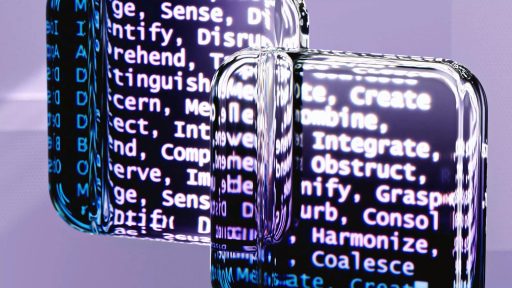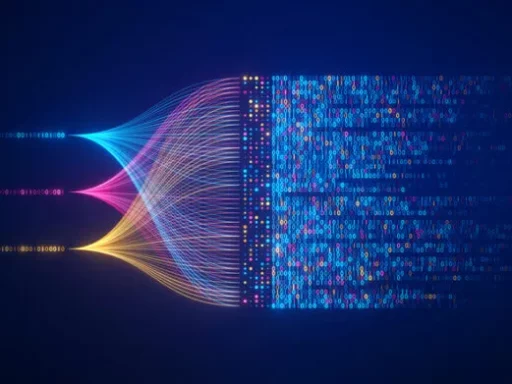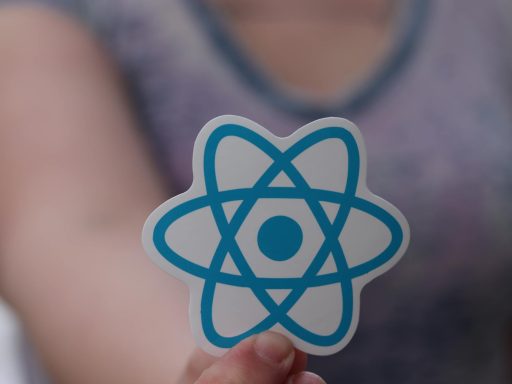In the rapidly evolving world of artificial intelligence (AI), two terms often emerge in conversations: machine learning and deep learning. While they are related and sometimes used interchangeably, they represent different approaches to data analysis and problem-solving. Understanding the key differences between deep learning and machine learning is essential for anyone involved in technology, data science, or AI. This comprehensive guide delves into the intricacies of both fields, highlighting their unique characteristics, applications, and implications.
Table of Contents
- Key Differences Between Machine Learning and Deep Learning
- Choosing Between Machine Learning and Deep Learning
- Conclusion
Introduction to AI, Machine Learning, and Deep Learning
AI: The Umbrella Term
Artificial Intelligence (AI) refers to the simulation of human intelligence in machines programmed to think and learn like humans. AI encompasses a broad spectrum of technologies, including natural language processing (NLP), computer vision, robotics, and, importantly, machine learning and deep learning.
Machine Learning and Deep Learning
Machine learning is a subset of AI that involves the use of algorithms and statistical models to enable computers to improve their performance on tasks through experience. Deep learning, on the other hand, is a specialized subfield of machine learning that uses neural networks with many layers (hence “deep”) to analyze various types of data.
What is Machine Learning?
Machine learning focuses on developing algorithms that allow computers to learn from and make predictions or decisions based on data. The primary goal is to enable machines to generalize from examples and handle new situations effectively.
Types of Machine Learning
1. Supervised Learning
In supervised learning, the algorithm is trained on a labeled dataset, meaning each training example is paired with an output label. The model learns to map inputs to the correct output.
- Examples: Classification (e.g., spam detection), regression (e.g., predicting house prices).
2. Unsupervised Learning
Unsupervised learning involves training on data without labeled responses. The algorithm tries to find patterns and relationships in the data.
- Examples: Clustering (e.g., customer segmentation), association (e.g., market basket analysis).
3. Reinforcement Learning
Reinforcement learning involves training an agent to make a sequence of decisions by rewarding it for good actions and penalizing it for bad ones.
- Examples: Game playing (e.g., AlphaGo), robotics.
Applications of Machine Learning
- Fraud Detection: Identifying fraudulent transactions in financial systems.
- Recommendation Systems: Suggesting products or content based on user behavior.
- Healthcare: Diagnosing diseases from medical images and patient data.
- Customer Service: Automating responses and support using chatbots.
What is Deep Learning?
Deep learning is an advanced form of machine learning that uses neural networks with multiple layers to model complex patterns in data. These networks can automatically discover features in raw data without manual intervention.
How Deep Learning Works
Neural Networks
Neural networks are the backbone of deep learning. They consist of layers of nodes (neurons), each layer transforming the input data to capture underlying patterns. The more layers a network has, the more complex patterns it can learn.
Training Deep Neural Networks
Training involves adjusting the weights of the connections between neurons to minimize the difference between predicted and actual outcomes. This process is computationally intensive and often requires powerful hardware like GPUs.
Applications of Deep Learning
- Image Recognition: Identifying objects and people in photos (e.g., facial recognition).
- Natural Language Processing: Understanding and generating human language (e.g., language translation).
- Autonomous Vehicles: Enabling self-driving cars to perceive and navigate the environment.
- Speech Recognition: Converting spoken language into text (e.g., virtual assistants).
Key Differences Between Machine Learning and Deep Learning
1. Data Dependencies
- Machine Learning: Effective with smaller datasets and requires feature engineering.
- Deep Learning: Requires large amounts of data to perform well and can automatically extract features from raw data.
2. Hardware Requirements
- Machine Learning: Can often run on standard computers without specialized hardware.
- Deep Learning: Requires high-performance GPUs and specialized hardware for training complex models.
3. Training Time
- Machine Learning: Generally faster to train models, especially with smaller datasets.
- Deep Learning: Training can take a long time due to the complexity of the networks and the size of the data.
4. Performance
- Machine Learning: May not perform as well as deep learning on tasks involving complex patterns (e.g., image recognition).
- Deep Learning: Excels in tasks with large datasets and complex patterns, achieving state-of-the-art performance in many applications.
5. Interpretability
- Machine Learning: Models are often easier to interpret and understand.
- Deep Learning: Models are considered black boxes, making it harder to understand the decision-making process.
Choosing Between Machine Learning and Deep Learning
When deciding between machine learning and deep learning, consider the following factors:
- Data Size: Use machine learning for smaller datasets and deep learning for larger ones.
- Hardware: Ensure you have the necessary computational resources for deep learning.
- Problem Complexity: For complex problems involving high-dimensional data, deep learning is typically more effective.
- Interpretability: If model interpretability is crucial, machine learning may be more suitable.
Conclusion
Understanding the differences between machine learning and deep learning is essential for leveraging the right technology for your needs. Machine learning offers versatility and efficiency for many applications, while deep learning provides powerful tools for handling complex data and achieving high performance in tasks like image and speech recognition. By selecting the appropriate approach, you can harness the full potential of AI to drive innovation and solve challenging problems.
For more insights and in-depth tutorials on AI, machine learning, and deep learning, explore resources like TensorFlow, PyTorch, and Kaggle. Embrace the power of AI to transform your projects and stay ahead in the digital age.





